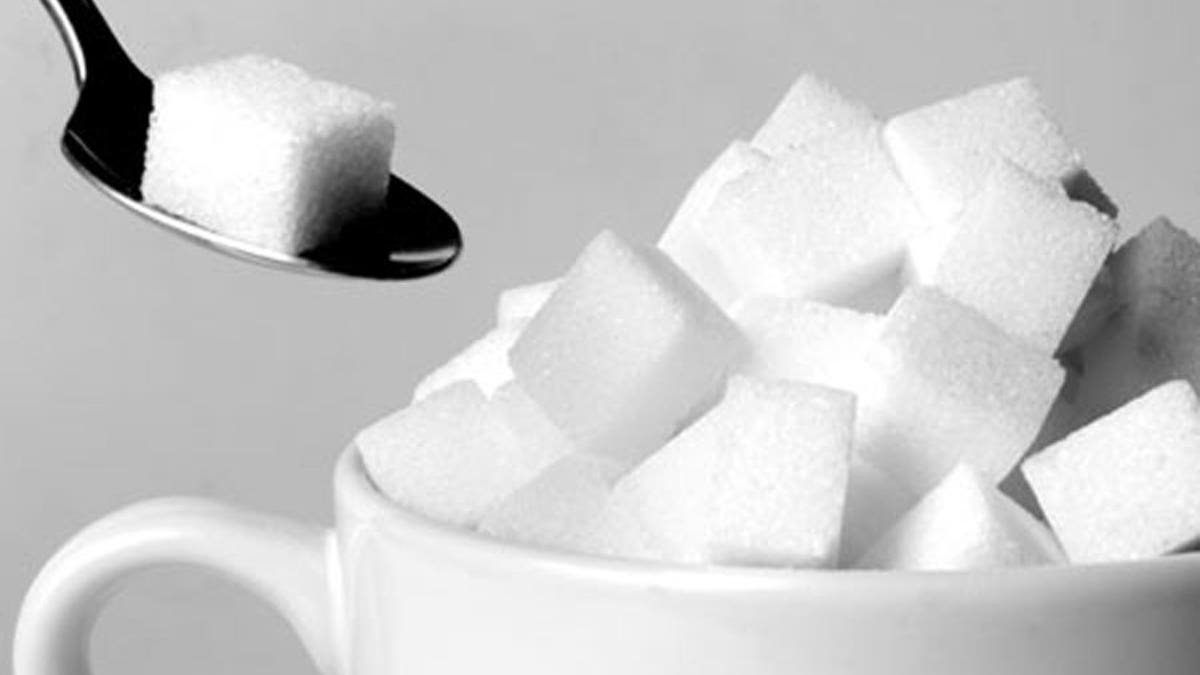
(iStock)
It's no secret that eating excessive amounts sugar puts you at risk for conditions like obesity and type 2 diabetes. Now, a new study in The American Journal of Clinical Nutrition suggests it may send you to an early grave, too: Women who eat the most sugar have a 10 percent higher risk of dying from any cause, compared to the average person, the researchers found.
MORE: The Amount of Sugar Experts Say You Should Eat Daily
The scientists gathered dietary data from about 350,000 people, then tracked how many of them died from things like cancer and heart disease over a period of more than a decade. Interestingly, the women who consumed the greatest amount of added sugars (key word: added)—often from things like candy and cookies—didn't have an elevated risk of keeling over.
However, those who consumed lots of liquid sugar—from sodas, sports drinks, juices, etc.—had higher odds of dying of any cause (from cardiovascular disease, in particular). Why? It could be because sugars from beverages are rapidly absorbed, resulting in significant blood-sugar spikes, the scientists say.
MORE: Drinking Soda Is Even Worse For You Than We Thought
Here's perhaps the most intriguing finding: The females who ate the most fructose, a type of sugar found in fruit, juice, soft drinks, and candies, faced an above-average chance of dying during the study period.
Why might consuming fructose have this effect? While this study just proved association, not causation, scientists do have a theory: Fructose produces "advanced glycation end-products," or AGEs, which may damage the walls of your arteries, encourage bad cholesterol to hang around, and promote the progression of cancer. A high intake of the stuff may also lead to insulin resistance, a precursor to diabetes.
MORE: 5 Foods That Have More Sugar Than a Candy Bar
You don't, of course, have to give up fruit, which is a staple of any well-balanced diet. But you may want to cut back on your intake of other sources of fructose: fruit juices, soft drinks, preserves, applesauce, dried fruit, and candies. Watch for "sucrose" on the labels of packaged food, too, since this type of sugar is 50 percent fructose.
